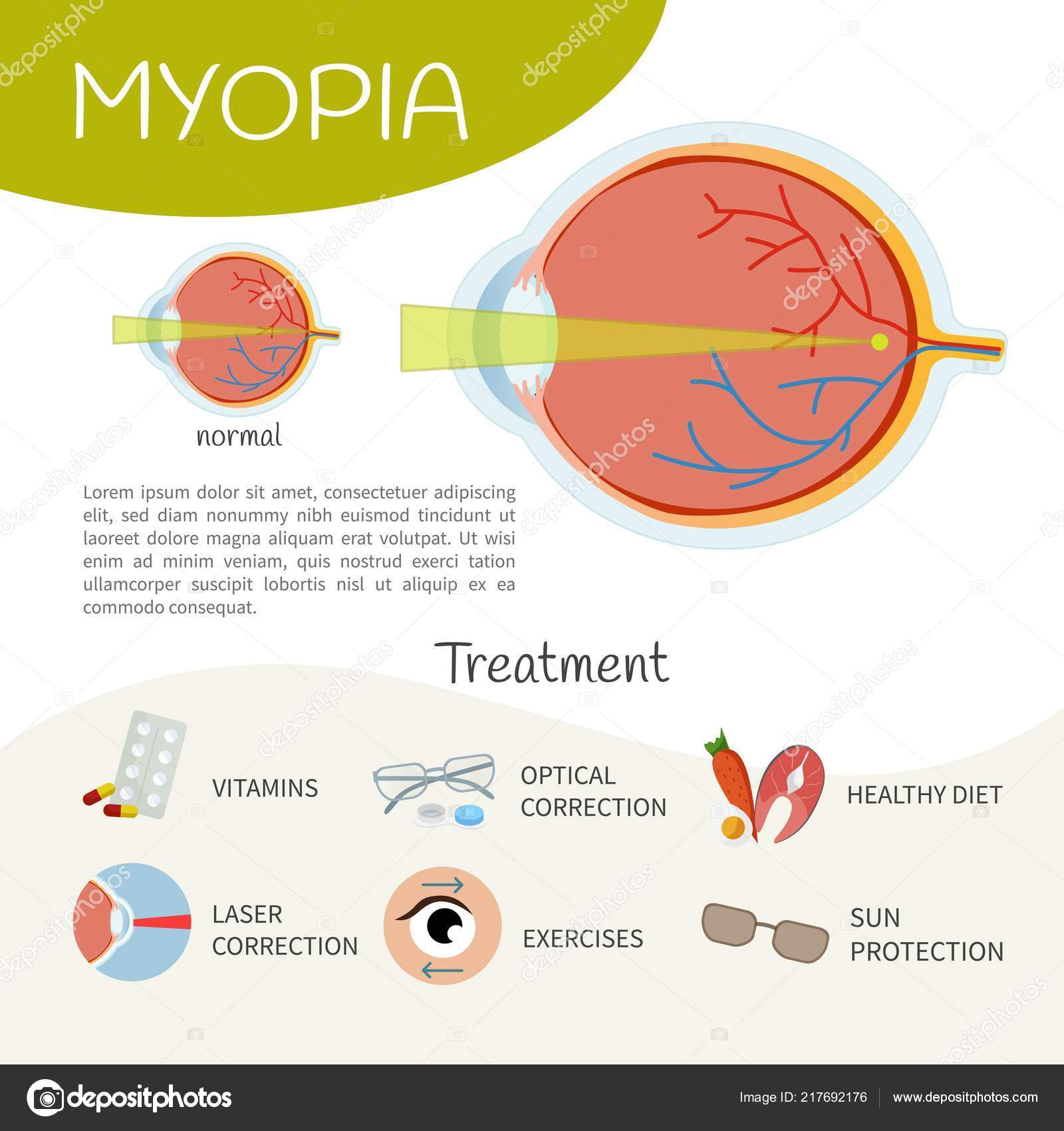Comparing Conventional And Modern Approaches To Dealing With Glaucoma
Comparing Conventional And Modern Approaches To Dealing With Glaucoma
Blog Article
Web Content Produce By-Buck Panduro
Did you recognize that the development of glaucoma therapy approaches spans centuries, incorporating both standard solutions and advanced innovations? From ancient herbal mixtures to sophisticated Minimally Invasive Glaucoma Surgical treatment methods, the range of choices is large. As you look into the ins and outs of typical versus innovative methods, you might discover unusual understandings that challenge conventional point of views on treating this widespread eye problem.
Historic Advancement of Glaucoma Treatments
The historic advancement of glaucoma treatments goes back to old people where different solutions were utilized to take care of the problem. In Pros And Cons Of Monovision After Cataract Surgery , for instance, therapies included a mix of honey, fat, and sour milk put on the eyes. The Greeks and Romans likewise added to early glaucoma treatments with a concentrate on topical applications and nutritional treatments. Throughout history, diverse societies developed unique approaches to reduce the symptoms of glaucoma, often rooted in herbal solutions and superstitious notions.
As time advanced, innovations in medical knowledge brought about more systematic methods to dealing with glaucoma. Between Ages, Arabic scholars made considerable payments by researching the composition of the eye and developing surgical methods to resolve eye problems. These early technologies laid the structure for modern glaucoma treatments that we have actually today. Understanding the historical context of glaucoma treatments offers valuable understandings into the continual development and improvement of clinical techniques over the centuries.
Contrast of Typical Methods
In comparing conventional approaches for treating glaucoma, think about the historical contexts and efficiency of numerous treatments.
Conventional treatments for glaucoma have progressed over centuries, from old practices like using honey and wine to more current innovations such as eye declines and surgical procedures. Historically, treatments like the application of leeches or organic concoctions were utilized to alleviate signs, yet their performance was restricted.
As time advanced, strategies like iridectomy, where a part of the iris is gotten rid of, became popular for reducing intraocular pressure. Some standard techniques, like using dental medicines to minimize eye stress, have stood the test of time and are still used today. Nevertheless, these therapies often come with adverse effects and may not be as efficient as modern-day options.
It's vital to consider the historical relevance of typical glaucoma therapies versus their effectiveness in the context of current clinical improvements.
Examination of Cutting-edge Treatment Methods
Thinking about the developing landscape of glaucoma treatment, innovative approaches are reinventing the means this eye problem is managed.
One notable advancement is minimally invasive glaucoma surgery (MIGS), which uses a much less invasive option to typical surgeries. https://mumbaimirror.indiatimes.com/mumbai/other/jj-helps-25-fishermen-get-back-full-vision/articleshow/71364989.cms to minimize intraocular pressure by improving the eye's all-natural drain system, bring about less issues and faster recovery times contrasted to conventional surgical procedures.
Furthermore, the advancement of sustained-release medicine distribution systems has actually given an extra reliable method to carry out glaucoma drug. These systems can release medicine gradually over an extensive duration, enhancing individual adherence and decreasing the regularity of eye declines.
Moreover, emerging innovations like discerning laser trabeculoplasty (SLT) use a non-invasive alternative for decreasing intraocular pressure by targeting specific cells in the eye's drain system.
Conclusion
As you reflect on the development of glaucoma treatments, you can see how typical approaches have led the way for ingenious techniques to arise.
From old treatments to modern developments, the journey of treating this complex eye condition has actually resembled a rollercoaster ride.
But with new techniques like MIGS and sustained-release medication delivery, the future looks brighter than ever for clients looking for reliable and less invasive options.
